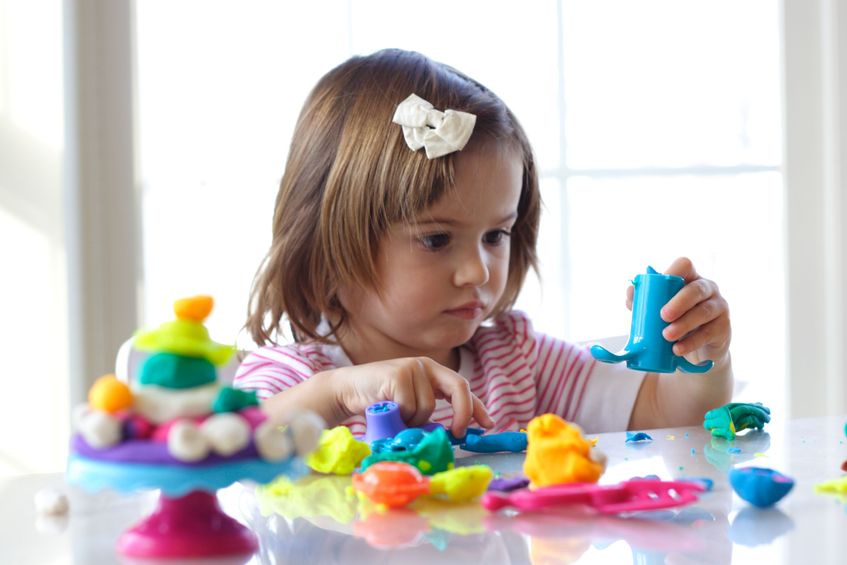Learning proper hand-eye coordination is an essential life-skill for your child. It is of paramount importance to hone these skills diligently as your child will depend on this skill to lead a normal and healthy life. Hand-eye coordination is a neural process that must have an early beginning in your child’s life.
Motivating your little one to play and, better still, playing games with her/him is a potent way of initiating hand-eye coordination in your little one. Play helps your child go out and grab the object of attention and promotes the understanding of the outcome of an event (the soft feel of the squishy toy, the warmth experienced on grabbing Mommy’s hand, the sound of the rattle and so forth).
You can begin by placing colorful and attractive play objects near your baby which prompts her/him to reach out and grab it after looking at it. Playing with sound producing toys such as rattles helps a child locate the source of the noise, reaching out to it, and learning about its sound-producing ability as the toy makes a sound in her/his hands.
Build a house of cards or simply a tower for the baby to knock down, and understand the outcome of its actions. Playing throw and catch is also an efficient way to teach your child to identify and catch incoming objects and equally importantly, evading them to protect her/himself from getting hurt. For little kids, coloring-in activities are a fun way of developing hand-eye coordination.
Similarly, connect-the-dot activities help your child follow instructions through her/his eyes and draw the lines, trailing the dots, to complete the final image (an interesting outcome of following the dots). Enjoy finger painting with your little Angel and watch her/him learn drawing shapes (an activity requiring focused hand-eye coordination) while shouting with glee.
The simple act of picking up a toy requires a complex interplay of numerous activities facilitated by hand-eye coordination. For older children playing games like tennis, badminton, juggling, cycling, walking on beams, completing jigsaw puzzles etc. play a vital role in developing the crucial hand-eye coordination. Juggling a basketball or a ball on a racket helps develop equilibrium in your child, an important outcome of coordinated hand and eye movements.
Similarly, playing wall-ball (standing in front of a wall, bouncing a ball off the wall and catching it) also helps develop and augment hand-eye coordination in your child.
Learning proper hand-eye coordination is crucial for day to day life activities of your child. That’s why it is said that “All work and no play makes Jack a dull boy”. Playing is as important for your child as studies.
Image Source: The Peaceful Birth Project

